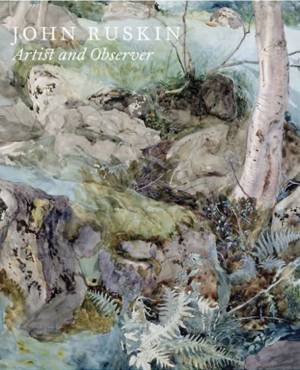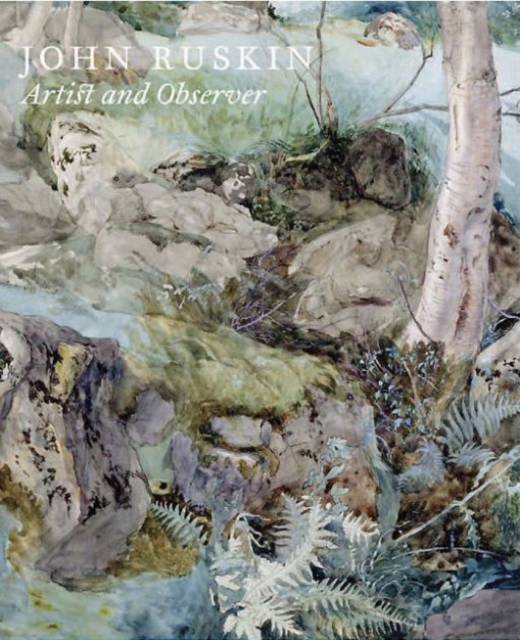
- Retrait gratuit dans votre magasin Club
- 7.000.000 titres dans notre catalogue
- Payer en toute sécurité
- Toujours un magasin près de chez vous
- Retrait gratuit dans votre magasin Club
- 7.000.0000 titres dans notre catalogue
- Payer en toute sécurité
- Toujours un magasin près de chez vous
John Ruskin: Artist and Observer
Christopher Baker, Ian Jeffrey, Christopher Newall, Conal Shields
Livre broché | Anglais
52,45 €
+ 104 points
Description
The drawings of John Ruskin are exhilarating to look at, any they express his own sense of exhilaration as he observed landscape and nature, buildings and artifacts. They deserve to be appreciated afresh by a wider audience. Accompanying a landmark exhibition at the National Galleries of Canada and Scotland in 2014, this exploration of Ruskin's watercolors and drawings - representing his entire career and all subject types and degrees of finish and elaboration - demonstrated how his characteristic drawing style evolved and how he achieved his highly distinctive technical virtuosity. In more than 130 superb examples, reproduced with great delicacy, this book tells how he regarded drawing as a means of focusing his eye and as a discipline of observation, but attached small significance to the drawing itself when completed. Today the drawings will be celebrated for their immediacy and verve, for their absence of self-consciousness or any kind of artistic indulgence. Drawing was used by Ruskin to express the ecstasy he felt in the presence of transcendent beauty in nature and landscape, as well as in the works of man, and was an essential means of emotional release. On other occasions, and especially during phases of mental fragility, he drew in order to establish certainties about the physical world upon which he might rely. Ruskin's drawings are clues to his emotional state, and may be interpreted in psychological terms: the authors reveal them here as profoundly informative about the devastating swings of mood that Ruskin endured and which fired his massive intellectual creativity as well as his eventual descent into insanity. In examining alongside the central core of Ruskin's own drawings those made by artist who were his mentors, friends and followers, this book also aims to give an account of the wider phenomenon which might be called 'Ruskinism'. It demonstrates how Ruskin's own style formed as a result of contact with an older generation of drawing masters, such as Samuel Prout and J.D. Harding. Ruskin's paramount admiration for J.M.W. Turner, and the story of his advocacy of Turner as the greatest genius of British art, is explained by the consideration of a carefully selected group of Tuner drawings and watercolors. Ruskin's involvement with the contemporary conduct of art in the 1850's, and particularly his support for Pre-Raphaelitism as applied to landscape, is also explored. A fascinating and visually rich element of the book will be photographs, including those taken by Ruskin himself or under his immediate supervision and others that reveal his influence. By showing photographs and drawings together it will be possible to identify and define certain pictorial traits which may be regarded as characteristic Ruskinian methods of looking.
Spécifications
Parties prenantes
- Auteur(s) :
- Editeur:
Contenu
- Nombre de pages :
- 376
- Langue:
- Anglais
Caractéristiques
- EAN:
- 9781907372575
- Date de parution :
- 15-03-20
- Format:
- Livre broché
- Format numérique:
- Trade paperback (VS)
- Dimensions :
- 216 mm x 259 mm
- Poids :
- 1315 g

Les avis
Nous publions uniquement les avis qui respectent les conditions requises. Consultez nos conditions pour les avis.






